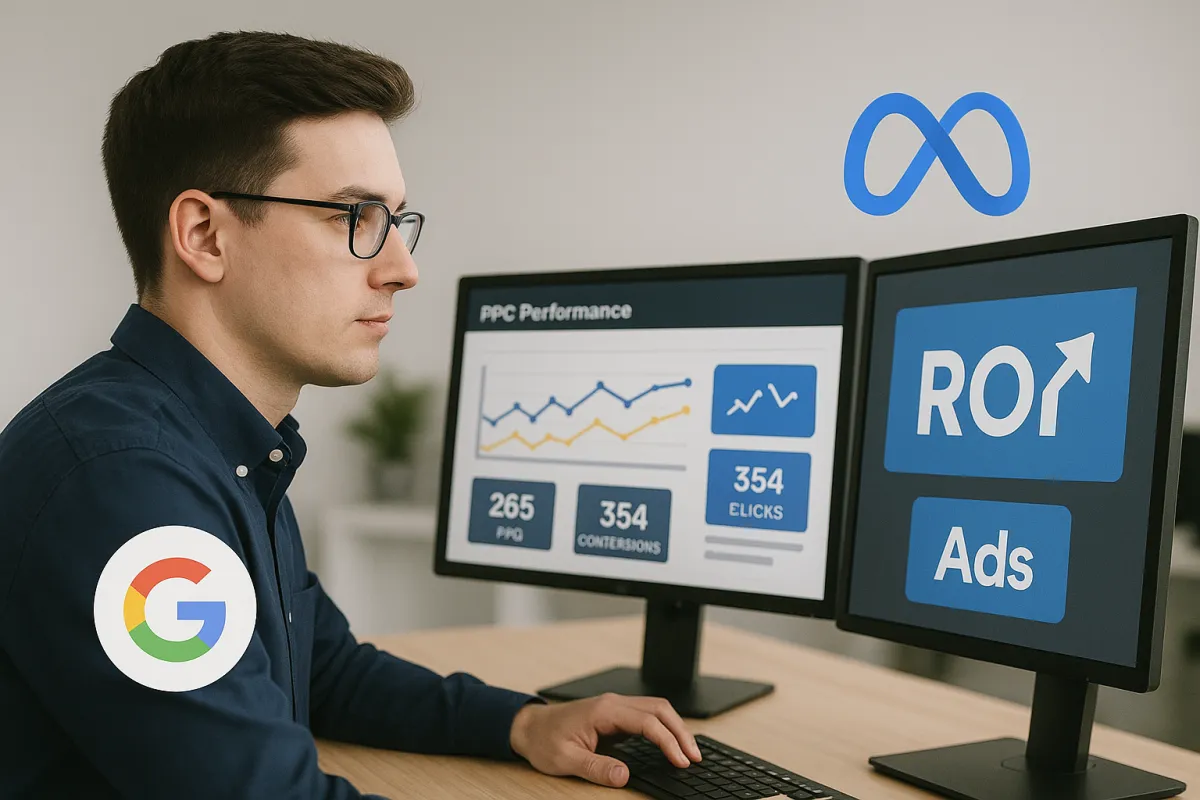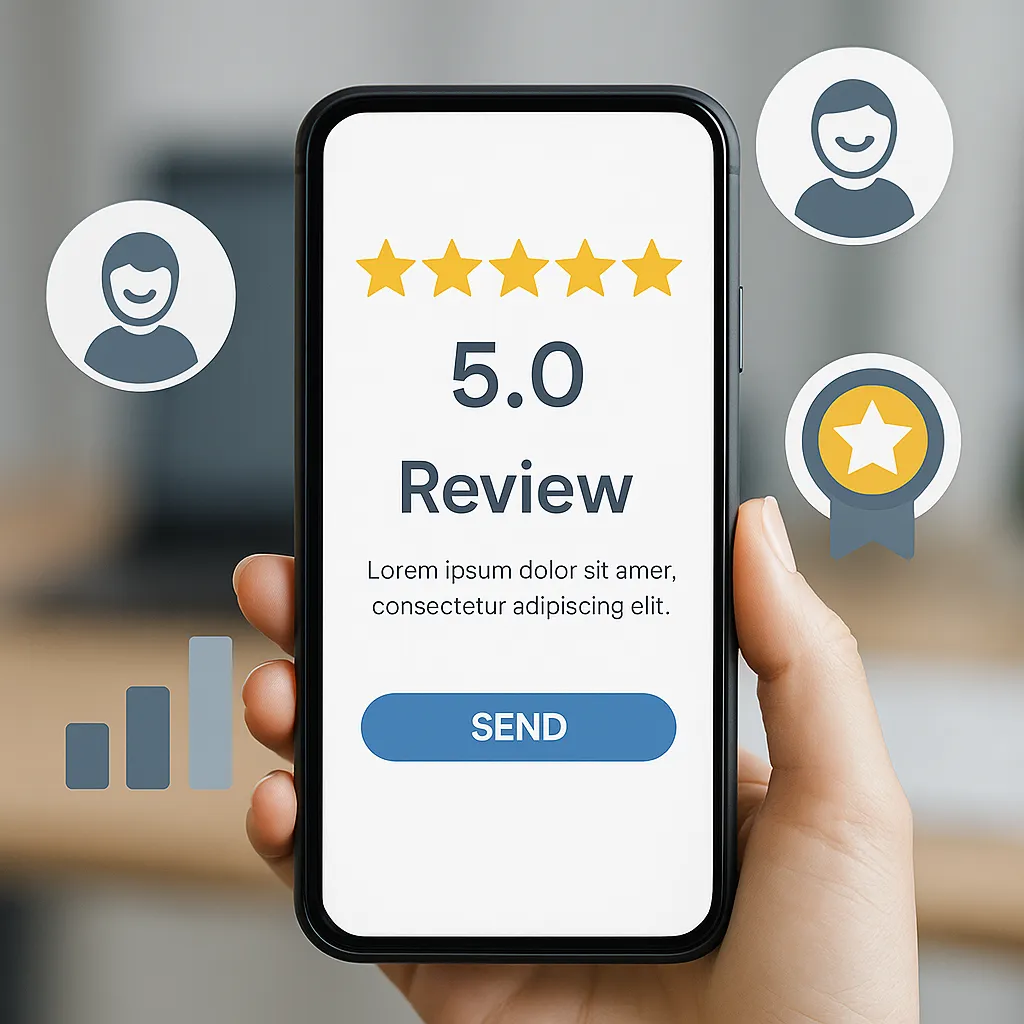How to Get Your Website Indexed by Google: A Comprehensive Guide
So, you've built a beautiful new website, filled it with fantastic content, and you're ready for the world to see it. But there's a crucial step between launching your site and appearing in Google's search results: indexing. In simple terms, if your site isn't indexed, Google doesn't know it exists, and no one will be able to find it through a search.
This guide will walk you through the essential steps to get your website indexed by Google, so you can start attracting organic traffic.
1. Get to Know Google Search Console
Your first port of call should always be Google Search Console. This free tool from Google is essential for monitoring your site's performance in search results and, most importantly, for managing how your site is indexed.
URL Inspection Tool: If you have a few new or updated pages, you can use the URL Inspection Tool to submit them directly to Google. Simply enter the URL of the page you want to be indexed and click "Request Indexing."
Submit a Sitemap: For a new website or a site with many pages, a sitemap is the most efficient way to tell Google about all the pages on your site. A sitemap is a file that lists all the URLs on your site. Most modern website builders and CMS platforms like WordPress can generate a sitemap for you. Once you have your sitemap URL (usually something like
yourdomain.com/sitemap.xml), you can submit it to Google through the "Sitemaps" section in Search Console.
2. Prioritize High-Quality Content
Google's primary goal is to provide its users with the most relevant and helpful information. Therefore, the quality of your content is a significant factor in whether your pages get indexed and how well they rank.
Create Valuable Content: Ensure your content is well-written, informative, and provides real value to your target audience.
Keyword Research: Understand what your target audience is searching for and incorporate those keywords naturally into your content.
Optimize Meta Tags: Your page's title and meta description are what users see in the search results. Make them compelling and relevant to encourage clicks.
3. Master the Technical SEO Essentials
Technical SEO might sound intimidating, but a few key elements are crucial for getting your site indexed.
Check for "noindex" Tags: A "noindex" tag tells Google not to include a page in its index. Make sure you haven't accidentally added this tag to pages you want to be indexed. You can check for this in the HTML of your page or by using the URL Inspection Tool in Search Console.
Review Your robots.txt File: The
robots.txtfile gives instructions to search engine crawlers about which pages they can and cannot crawl. Ensure you aren't unintentionally blocking Googlebot from crawling important pages.Mobile-Friendliness is a Must: Google uses mobile-first indexing, which means it predominantly uses the mobile version of your site for indexing and ranking. Make sure your website is responsive and provides a good user experience on mobile devices.
Site Speed Matters: A slow-loading website can negatively impact your user experience and how Google crawls your site. Use Google's PageSpeed Insights tool to check your site's speed and get recommendations for improvement.
4. Build a Strong Internal and External Link Profile
Internal Linking: Linking between pages on your own website helps Google understand the structure of your site and discover new content.
Backlinks: When other reputable websites link to your content, it signals to Google that your content is valuable and trustworthy, which can help with indexing and ranking.
5. Be Patient and Monitor Your Progress
Indexing isn't instantaneous. It can take anywhere from a few days to a few weeks for Google to crawl and index your pages. You can monitor the indexing status of your pages in the "Coverage" report in Google Search Console.
By following these steps, you'll be well on your way to getting your website indexed by Google and driving organic traffic to your content.
For further reading and insights, you can also check out the article that inspired this post: How to Get Web Page Indexed by Google.



















